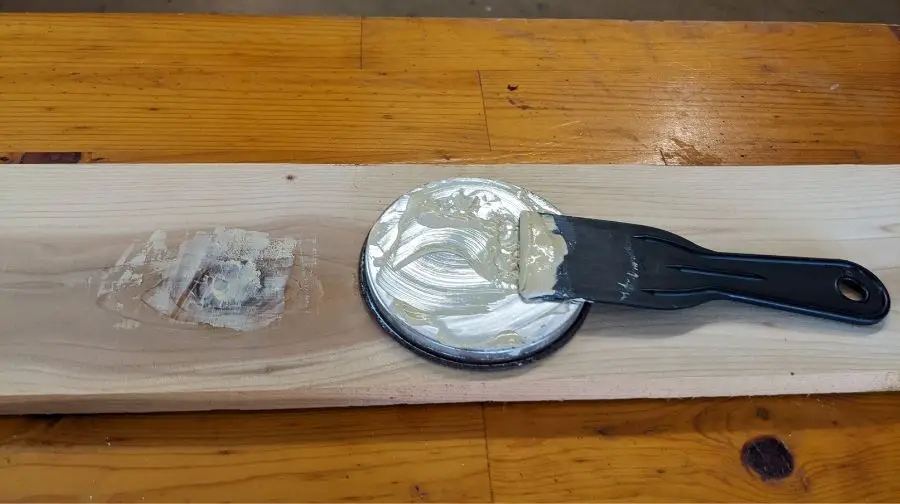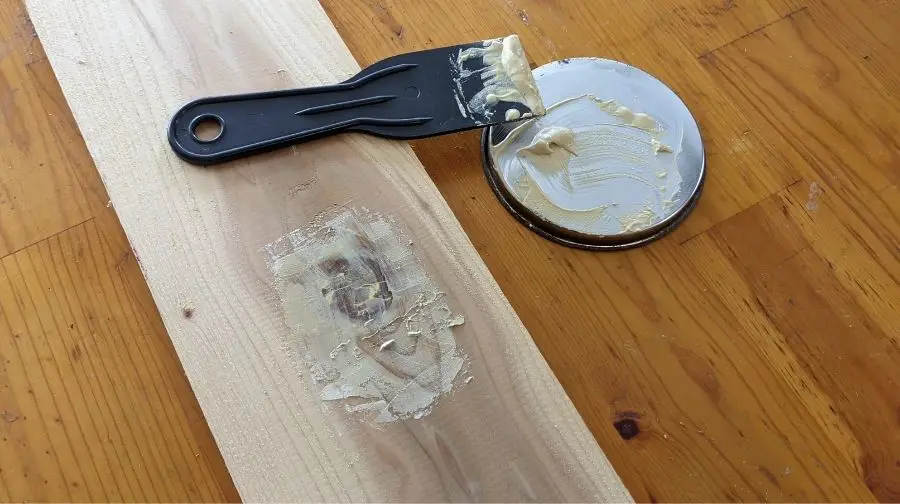
One of the most important aspects of woodworking is making sure that your pieces are strong and durable. In order to do this, you need to use the right types of wood, and you may also need to use wood filler. Wood filler is a type of putty that is used to fill in holes or cracks in wood. It can also be used to strengthen joints between pieces of wood. In this blog post, we will explore the question: does wood filler add strength?
Table of Contents
Does Wood Filler Add Strength?
Wood filler is not typically strong enough to provide any real support. In fact, it’s not recommended to use wood filler for structural repairs. It is best used to improve the cosmetic look of your project.
You’re probably familiar with wood filler as a way to fill in nail holes, cracks, and other imperfections in wood before painting or staining.
It is a great way to fill in small imperfections and disguise them, and it can also help protect the wood from moisture and other environmental factors. So if you’re not looking for a structural repair, wood filler can be a great way to go.
But if you are looking for a way to add strength to the wood, you’re better off using a different type of adhesive or sealant.
Is Wood Filler As Strong As Wood Glue?
No wood filler is not as strong as wood glue. Wood filler is used to improve the cosmetic look of the wood in your project and wood glue is used to bond and hole wood together making it much stronger than wood filler.
Can You Use Gorilla Glue As Wood Filler?
Using Gorilla Glue as wood filler is not recommended. Gorilla Glue can take quite a while to dry depending on the thickness of the layer and is designed to create a strong bond between two surfaces not fill in imperfections in your material.
Which is why it’s not the best choice for wood filler. When used as wood filler, Gorilla Glue can actually make your project weaker.
Putty Wood Filler HEAD-TO-HEAD
Subscribe to Craftswright on YouTube
Can You Chisel Wood Filler?
The short answer is yes, but there are a few things to keep in mind. First, make sure the wood filler is completely dry before attempting to chisel it. Otherwise, you’ll just end up with a messy, crumbly mess. Second, use a sharp chisel and go slowly to avoid damaging the wood around the filler.
With those caveats in mind, chiseling wood filler is a great way to create clean, smooth edges on your woodworking projects. So next time you’re faced with a large gap, don’t be afraid to reach for the wood filler. With a little patience and care, you can create strong, durable joints that will last for years to come.
Is Wood Filler Strong Enough To Screw Into?
It is not recommended to screw into wood filler. It should be used purely for cosmetic repair to your material to enhance the look of the wood prior to stain or paint. Wood filler doesn’t provide any structural strength so if you screw into it for your project the filler will fail over time and could cause major problems.
Instead of using wood filler as a means of strength, use it to fill in any gaps or cracks that may exist in the wood. This will help to create a smooth surface for you to work with and give you a more polished look. Once the filler has dried, you can then begin staining or painting your project according to your desired finish.




